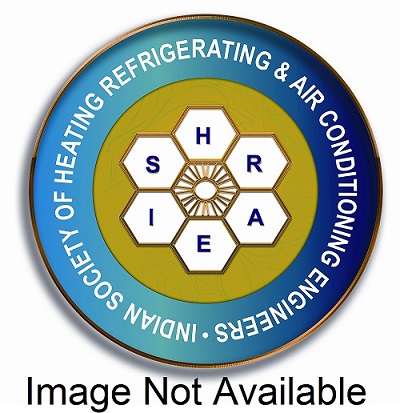More than 76 percent of Legionnaires’ disease cases acquired from Legionella exposure in health care facilities can be particularly harsh, including possible fatal risks to patients, according to a report released by the Centers for Disease Control and Prevention (CDC). The report’s findings – which were a part of the CDC’s monthly Vital Signs publication – are based upon exposure data from 20 states and New York City. The incorporation of a Water Management Plan will reduce the chance of heavy colonization, amplification and dissemination to people. With this in mind, ASHRAE developed ASHRAE Standard 188: Legionellosis: Risk Management for Building Water Systems to assist designers and building operators in developing a Water Management Plan. Based upon this standard, the CDC developed a toolkit entitled ‘Developing a Water Management Program to Reduce Legionella Growth and Spread in Buildings: A Practical Guide to Implementing Industry Standards’. The document – initially released in 2016 and updated on June 5, 2017 – provides a checklist for building owners and managers to help identify if a water management program is needed, examples to help identify where Legionella could grow and spread in a building and ways to reduce the risk of contamination.
For more information on Legionella, Legionnaires’ disease and the toolkit, visit www.cdc.gov/legionella
Disclaimer: The information provided within this publication / eBook/ content is for general informational purposes only. While we try to keep the information up-to-date and correct, there are no representations or warranties, express or implied, about the completeness, accuracy, reliability, suitability or availability with respect to the information, products, services, or related graphics contained in this publication / eBook/ content for any purpose. Any use of this information is at your own risk.
 Youth
Youth
 Women
Women
 Research for Ishrae
Research for Ishrae







